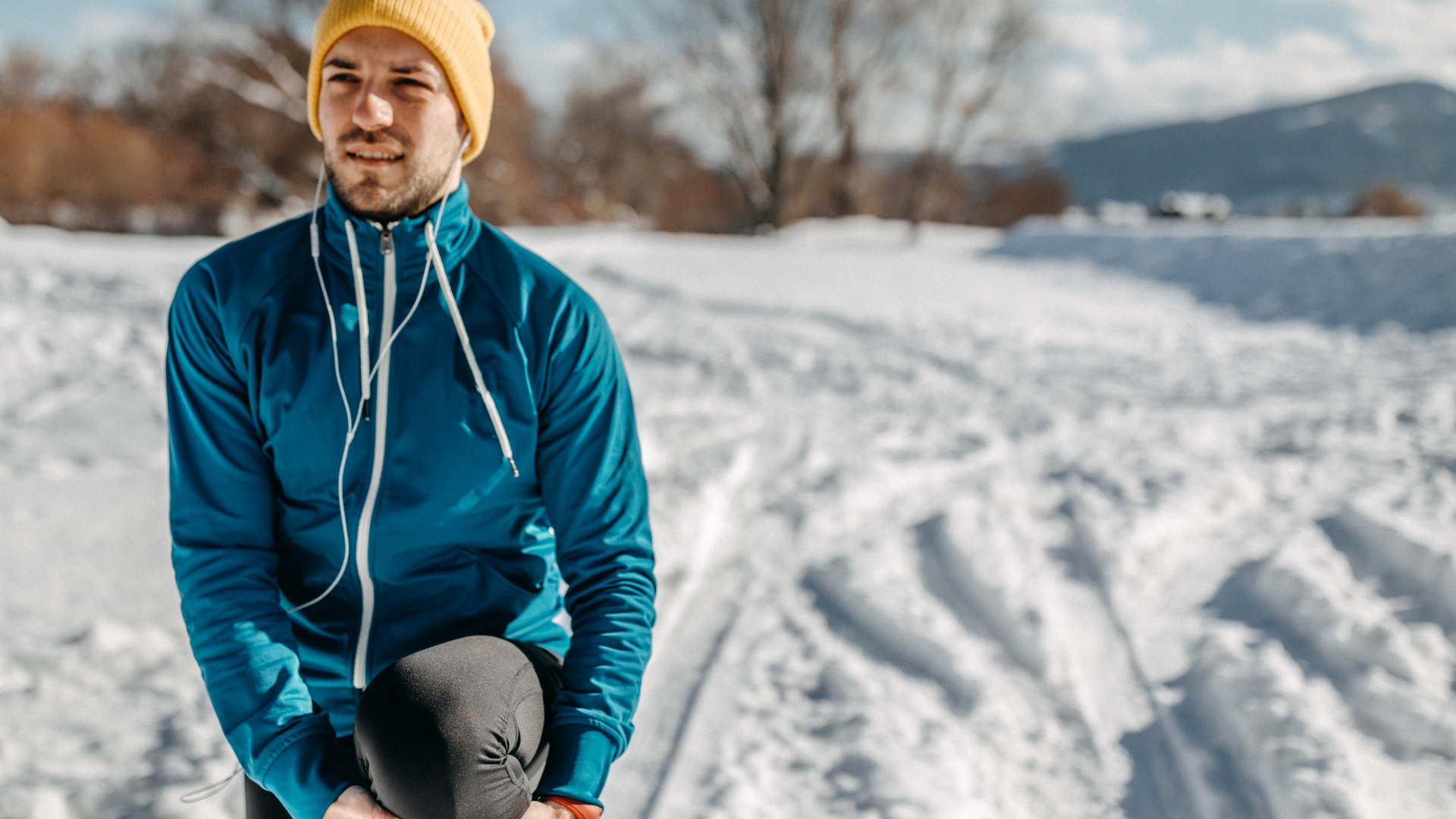Microspikes vs crampons: which do you need for frozen escapades?
We compare microspikes vs crampons to help you figure out which you need to tackle icy terrain

If you love to adventure in frozen conditions, you’ll have realized that even your best hiking boots simply don’t always offer enough traction. The solutions for winter footwear traction seem to be endless, from snowshoes to spread out your weight and keep you from sinking thigh deep into the snow to rubber grips that help you walk normally on packed snow. If you’re thinking about tackling some seriously icy terrain, however, you should be thinking of upgrading to something with good spikes that bite into the ice. In this article, we compare microspikes vs crampons to help you understand which you need for your frigid adventures.
What is the difference between Microspikes and crampons?

First, let’s explain what these two pieces of winter kit actually are. The best crampons have been favored by mountaineers for centuries and feature a robust steel or aluminium frame and usually 10-12 metal spikes that are usually about an inch long and well spaced. Crampons attach to your boots to give you much-increased traction on hard snow and ice. Learn more in our article titled What are crampons?

The story of Microspikes only dates back to the early 1990s, when Kahtoola founder Daniel Giovale sought to create better traction after falling on ice in the Italian Dolomites. Microspikes are composed of thermoplastic rubber that pulls on over your footwear, and small stainless steel spikes that are no more than a half inch in length and welded stainless steel chains to provide traction in snow.
Microspikes vs crampons: terrain
Though both Microspikes and crampons are designed for use in icy conditions, crampons are primarily used on terrain like glaciers, snowfields and frozen waterfalls while Microspikes are for moderately icy walking trails, or paths covered in packed snow.
Microspikes vs crampons: purpose
As you might have guessed, crampons are primarily used for mountaineering, ice climbing and glacier hiking, whereas Microspikes can be used for winter running and winter hiking. You cannot hike long distances or run in crampons.

Microspikes vs crampons: ease of use
Crampons require some training to use properly and safely and they are used with mountaineering boots or winter hiking boots rather than your regular hiking boots. If you want to use Microspikes, there’s no training required – just pull them on over your hiking boots or best trail running shoes and get moving.
Microspikes vs crampons: weight
One reason why you can’t go running in crampons is the sheer weight of them. A pair of crampons weighs, on average, almost 2lbs whereas a regular pair of Microspikes comes in at just over half a pound.
Advnture Newsletter
All the latest inspiration, tips and guides to help you plan your next Advnture!

Microspikes vs crampons: price
Crampons are a serious piece of safety equipment and priced that way – expect to pay well over $150/£100 for a pair. That said, Microspikes are no small purchase either. Though they’re about half the price of crampons, they retail at around $75/£55 for a pair.
| Header Cell - Column 0 | Microspikes | Crampons |
|---|---|---|
| Terrain | Packed snow | Glaciers, snowfields, frozen waterfalls |
| Purpose | Winter hiking and running | Mountaineering, ice climbing, glacier hiking |
| Ease of use | No training required | Training recommended for safety |
| Weight | On average, 1/2lb per pair | On average, over 2lbs per pair |
| Price | Around $75/£55 for a pair | Usually over $150/£100 for a pair |
Microspikes vs crampons: the verdict

As you can no doubt tell, the question of Microspikes vs crampons really comes down to what you plan to do in them. If you are going to be climbing on icy terrain, Microspikes aren’t a realistic substitute for crampons, but if you’re just planning on a wintery jog or hike, you won’t want a pair of crampons weighing you down. If you’re looking for something a step down from serious adventuring on ice, head over to our article on Yaktrax vs Microspikes.
Julia Clarke is a staff writer for Advnture.com and the author of the book Restorative Yoga for Beginners. She loves to explore mountains on foot, bike, skis and belay and then recover on the the yoga mat. Julia graduated with a degree in journalism in 2004 and spent eight years working as a radio presenter in Kansas City, Vermont, Boston and New York City before discovering the joys of the Rocky Mountains. She then detoured west to Colorado and enjoyed 11 years teaching yoga in Vail before returning to her hometown of Glasgow, Scotland in 2020 to focus on family and writing.

